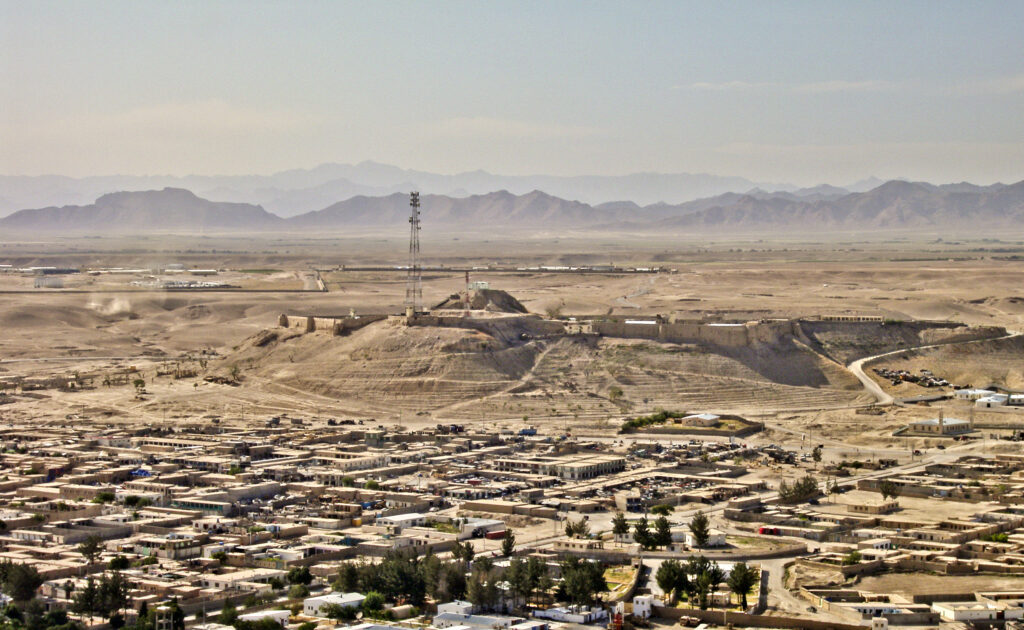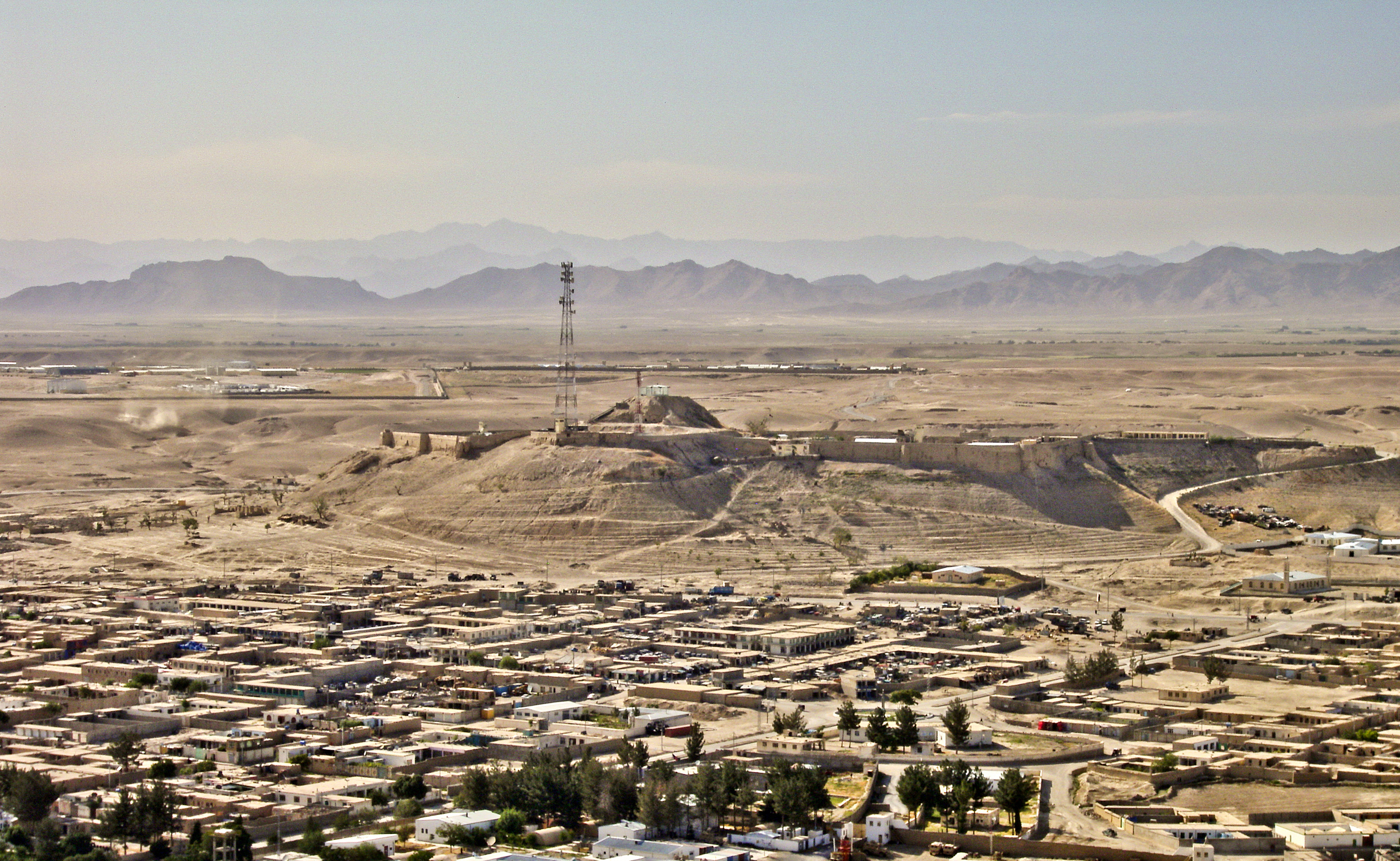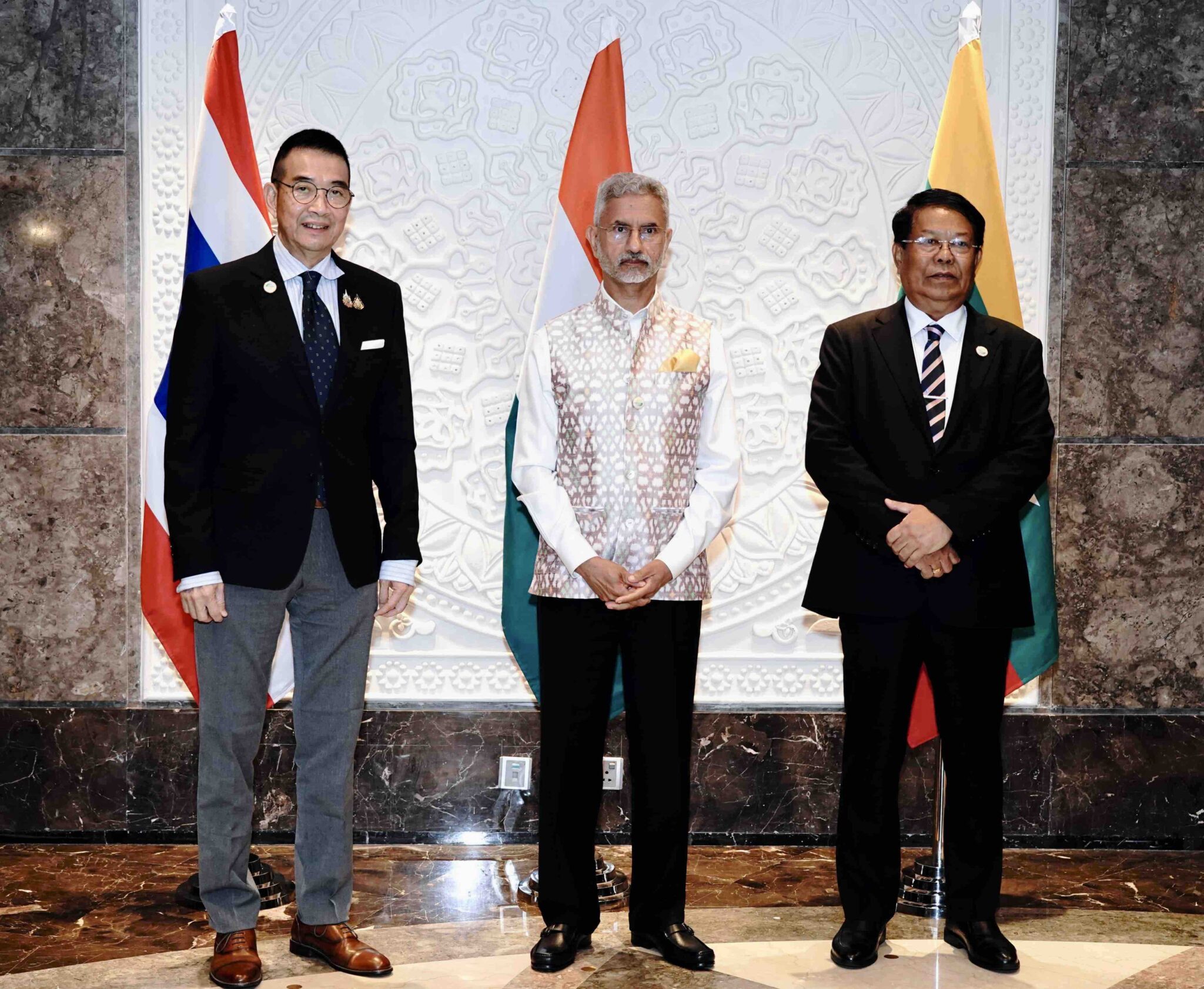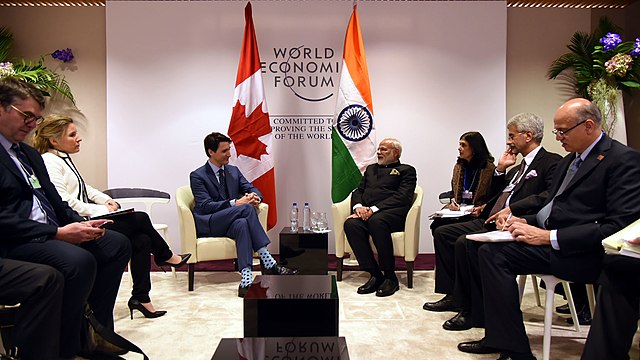By Masom Jan Masomy, Research Fellow SAFN 21st June 2023

On June 5, 2023, the United Nations celebrated World Environmental Day with the trend #BeatPlasticPollution to create a clean and healthy environment. The United Nations Assistance Mission for Afghanistan (UNAMA) also promoted the same trend through its social media pages in Afghanistan to raise attention to plastic pollution in order to get the masses in Afghanistan to help create a safe and clean environment for all and reuse it as a circular economy.
Each year June five is celebrated as World Environmental Day throughout the world by governments, organizations, media, academia, civil society activists, and more importantly the United Nations and its affiliated agencies. This day has been designated by the United Nations since 1973 with the purpose of raising awareness about environmental issues such as global warming, redefining renewable energy resources, evolving the Sustainable Development Goals (SDGs), and making the environment clean for everyone in the worldwide society of humans.
The global temperature has risen to 1.1° above the pre-industrial level with glacier melting and sea level rising including Fossil fuels like coal, oil, and gas are accounting for over 75 per cent of global greenhouse gas emissions and nearly 90 per cent of all carbon dioxide emissions. This type of transformation in weather patterns and temperature rise can not solely be natural phenomenon but significantly is associated with the increased human activities since the 1800s. Severe droughts, scarcity of water, flash floods, landslides, heavy rainfalls, deforestation, rising sea levels, heating waves of the sun, and polluted weather have been causing climate change.
“Afghanistan receives the least attention on
environment-related issues
every year which is an alarm for the
future generation of the country”
As Climate Change has become the most important discourse for the United Nations and governments to struggle collectively with the risks of changing weather patterns and temperature rise on how to cope with the phenomenon, and what strategies and mechanisms should be introduced to adapt and mitigate the rising signs of climate change. In this context, Afghanistan receives the least attention on environment-related issues every year which is an alarm for the future generation of the country. The average temperature has risen by 1.8° degrees Celsius since 1950 in the country. To that point, Afghanistan is a dangerous country for children that ranks fifteen according to the United Nations Children’s Agency
The main reason to categorize is that Afghanistan has still been involved in a complex political trap for more than four decades, and therefore the climate change and environmental incidents have often been disregarded by ruling governments for years. Meanwhile, Afghanistan lacked the basic infrastructure to be effective against climate action. For example, Afghanistan does not have significant water dams to benefit both generating electricity and irrigating vast amounts of agricultural lands, it is still reliant on imported electricity of neighboring countries of Iran, Tajikistan, Turkmenistan, and Uzbekistan. To that end, communities in Afghanistan have been vulnerable to even the small changes of climate change due to the limited possibilities and capabilities to adapt to the changing climate conditions. These climate changes have frequently led to internal displacements, food shortages, and conflicts. Moreover, farmers are used to illegally extract groundwater through solar energy from deep wells to irrigate agricultural lands in many different locals of the country which has directed to significantly scarce drinking water under the earth. More importantly, there is a multitude of absence of knowledge on climate change, and environmental and ecosystem effects, even though there is no curriculum or faculties for climate change and water management to graduate students at university level education. This cause has contributed to affecting the public awareness and attention of the government about climate action in Afghanistan.
To that end, Afghanistan has been a vulnerable country against natural disasters. Long time droughts and torrential rains are the main drivers to create destructive consequences. Because of continued heavy rainfalls and flash floods, and the subsequent earthquake in Afghanistan in the year of 2022, led to massive devastations — killed hundreds people including women and children, killed thousands of livestock, destroyed houses and different types of crops such as wheat, apples, grapes, watermelons, onions, potatoes, tomatoes and many more. The public services including small and large bridges and highway roads were badly affected that cut off the public interaction in the country. With happening natural disasters, the economic crisis of Afghanistan made twice after the collapse of the US-backed Afghan government in 2021.
“Afghanistan has been the primary victim
of climate change and its contribution makes
little percentage to global warming”
Moreover, Afghanistan has been the primary victim of climate change and its contribution makes little percentage to global warming, particularly emissions of greenhouse gases into the atmosphere. It ranks 102nd out of 209th of CO2 emissions. But is in the top ten due to the risk of climate disaster with the least equipped infrastructures and possibilities to cope with climate change effectively.
On the other hand, the Paris Agreement signed in 2015, aims to combat climate change and strengthen the global response to limit the temperature rise below 2 degrees Celsius, and also increase the ability of developing countries to deal with the impacts of climate change. By and large, Afghanistan as a least developed country is a signatory of the Paris Agreement and must become a remarkable part of the 2030 Agenda for sustainable development. Thus, it needs considerable support in the areas of adaptation and mitigation, loss and damage, capacity building, implementing infrastructural development projects, and sustainable development goals (SDGs) to curb the rising threats of climate change and facilitate economic development. In viewing the facts, Afghanistan’s government should give priority to taking climate action and aligning policy-based goals with relevant stakeholders to support public services in line with the seventeen goals of SDGs.
“Afghanistan’s government should give priority to taking
climate action and aligning policy-based goals
with relevant stakeholders”
Masom Jan Masomy is a Research Fellow at SAFN Afghanistan and assistant professor at the Regional Studies Center at the Afghanistan Academy of Sciences. He holds a Master’s Degree in South Asia Studies from Pondicherry University, India. He writes about Afghanistan, Central and South Asia affairs in his interest area of politics, security, peace, terrorism, regional connectivity, climate change, media and diplomacy.




Thanks for sharing. I read many of your blog posts, cool, your blog is very good.